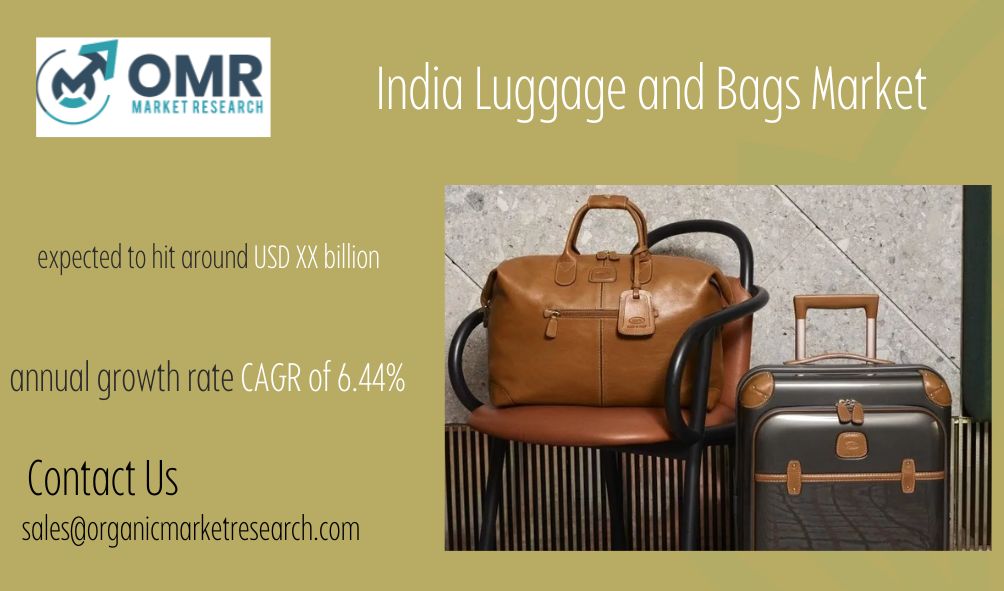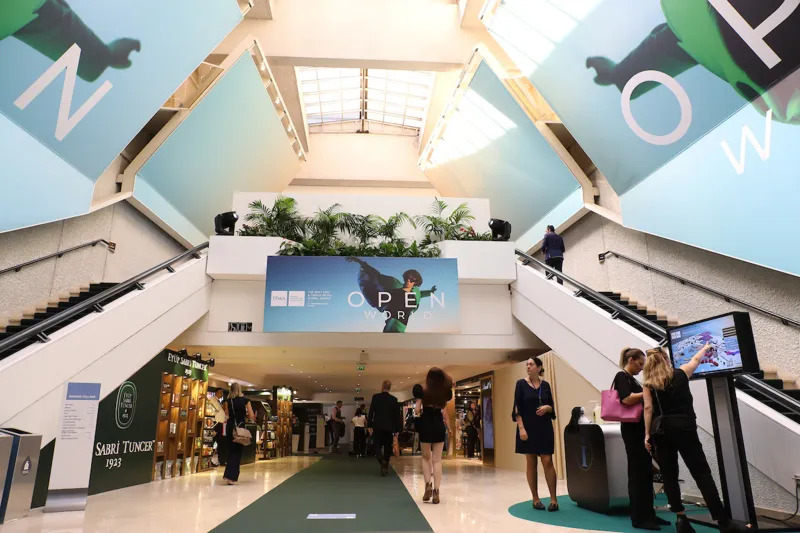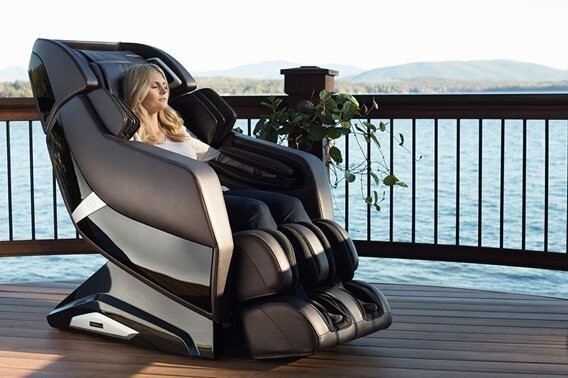Global Travel Retail market size was USD 122.66 billion in 2023 and the market is projected to touch USD 267.31 billion by 2032, at a CAGR of 9.38% during the forecast period.
The global travel retail industry has grown significantly over the years for a variety of reasons, such as rising disposable incomes, a growing tourism sector, and customer preferences for upscale goods and experiences. The marketing of goods and services to visitors at cruise ships, duty-free shops, airports, and other locations related to travel is referred to as “travel retail”. The present state of the retail travel business worldwide will be clarified by this market study in terms of significant trends, market size, and regional dynamics. In the last several years, customer habits and tastes have shifted in the retail travel industry worldwide. The desire of tourists for distinctive and customized shopping experiences has given rise to experiential retail ideas. In order to improve the whole travel retail experience, retailers are concentrating on developing immersive settings, delivering unique products, and offering top-notch customer service. Sales have increased and consumer loyalty has grown as a result of this trend.
In addition, a lot of countries have loosened their laws governing duty-free shopping, enabling tourists to make tax-free purchases. This has increased the appeal of travel retail to customers searching for deals. In order to give customers a more immersive and engaging shopping experience, retailers are investing in the layout and design of their stores. This has drawn in a larger client base and helped set travel shopping apart from typical retail. Furthermore, it is anticipated that the expansion of the global travel retail market will be supported by the infrastructural development in the growing economies of Asia-Pacific and LAMEA. However, the expansion of the travel retail business is hampered by an unstructured local market and strict government laws regarding airport shopping.
Global Travel Retail report scope and segmentation.
Report Attribute
Details
Base Year
2023
Forecast Years
2024–2032
Estimated Market Value (2023)
USD 122.66 Billion
Projected Market Value (2032)
USD 267.31 Billion
Segments Covered
By Product, By Distribution channel, By Sector, & By Region.
Forecast Units
Value (USD Million or Billion)
Quantitative Units
Revenue in USD million/billion and CAGR from 2024 to 2032.
Regions Covered
North America, Europe, Asia Pacific, Latin America, and Middle East & Africa.
Countries Covered
U.S., Canada, Mexico, U.K., Germany, France, Italy, Spain, China, India, Japan, South Korea, Australia, Brazil, Argentina, GCC Countries, and South Africa, among others.
Global Travel Retail dynamics
The factors influencing the dynamics of the Global Travel Retail (ESS) market include regulatory mandates, technological advancements, and increasing industrial safety awareness. The retail travel market is mostly driven by the growth of the tourist industry. Many tourists are drawn to well-known tourist locations, and these visitors are frequently ready to indulge in the designer clothing, cosmetics, and other products that are sold at travel retail stores. Cities like Dubai, Singapore, and Paris that receive a lot of tourists see significant activity in the travel retail industry.
However, the demand for traditional retail including travel retail has decreased as e-commerce and internet buying have grown. Customers may be less likely to make purchases at travel-related retail establishments as more of them opt to buy online. In addition, a number of airlines have put limitations on carry-on luggage, which may reduce the quantity of items that travelers can buy at travel-related retail establishments. This may result in a decline in the retail travel industry’s demand for particular product categories.
Global Travel Retail drivers
Increasing Duty-Free Shopping Incentives Offers Travelers Product Tax Reductions
Duty-free shopping incentives are a strong selling point for customers and encourage them to make purchases while on vacation. Travel shops can increase their customer base and sales volumes by taking advantage of the tax advantages that it provides. Travelers’ shopping experiences are improved, retailers’ revenue grows, and the travel retail market as a whole is expanded with the help of this method. Therefore, for merchants looking to take advantage of the profitable potential in the duty-free and travel retail sectors, utilizing duty-free shopping incentives has become a strategic essential.
Read here Complete Research Report: https://organicmarketresearch.com/global-travel-retail-market
Growth in the Creation of New Travel Hubs as a Result of the Expanding Tourism Sector
The need for retail goods is rising in airports, train stations, and tourist sites as more people travel domestically and abroad for pleasure, business, or other reasons. Retail sales are fueled by tourists who frequently shop for presents, souvenirs, and daily necessities while traveling. Furthermore, the growth of the tourism sector creates new infrastructure and travel hubs, which gives merchants the chance to open stores and serve tourists’ demands. Travel shopping has become an essential part of the global retail scene because to its consistent growth, which encourages innovation and further expansion within the industry.
- Restraints:
Increasing Infrastructure Restrictions Complicate Retail Operations in Physical Space
The expansion of retail outlets may be hampered by capacity constraints and a lack of available retail space, creating intense rivalry for key locations. This restriction makes it more difficult for businesses to provide a wide selection of goods and services and adapt to the changing needs of tourists. The travel retail sector may face challenges in implementing novel retail concepts and providing smooth shopping experiences due to infrastructure constraints. This could have an impact on revenue potential and customer happiness.
Online retailers are fiercely competing with travel retailers
The increased preference for e-commerce by consumers for convenience and a broader range of products has presented conventional travel retailers with difficulties in retaining customers within physical travel hubs. Online shopping platforms are attracting customers away from brick-and-mortar retailers in airports and other transit areas with their 24/7 accessibility, low pricing, and personalized buying experiences. It’s becoming more difficult for travel businesses to stand out from the competition and draw clients because it’s so simple to compare costs and items online.
- Opportunities:
Rising Growth in Infrastructure Enables Consumers to Have Convenient Travel Experiences
Travelers may reach their destinations more easily with improved connection and accessibility at transportation hubs including ports, train stations, and airports. The expansion of infrastructure generates more potential for retail establishments within these transportation hubs, allowing customers to conveniently shop for a variety of goods while traveling. Increased foot traffic and sales volumes in travel-related retail establishments are a result of this enhanced accessibility, which propels industry expansion. Updated facilities and services frequently come with upgraded infrastructure, which makes for a more pleasurable overall retail experience for customers and encourages spending.
- Segment Overview
By Product, The Travel Retail market is segmented into Perfume and Cosmetics, Wine and Spirit, Electronics, Luxury Goods, and others. Increasing environmental consciousness in perfume and cosmetics is drawing a lot of customers due to the want to know a variety of details about the products they are buying, such whether or not they are eco-friendly. These days, natural component items are highly valued by consumers. Leading brands, such as L’Oréal and Estee Lauder, are opening new stores at various international airports with a wide choice of perfumes & cosmetics, skincare products, and beauty items because this segment also has a significant client base. Increased social media exposure, urbanization, disposable income, and a predilection for investing in luxuries for oneself are some of the factors driving the market’s growth.
By Distribution channel, The Travel Retail market is segmented into Airport, Cruise Liner, Railway Station, Border, Downtown, and others.
The retail travel industry’s most prevalent application category is airports. Airports have long been the main center for travel-related retail, providing a broad range of goods and services to meet passengers’ demands. Airports offer a captive audience of travelers with extra time before their flights, which makes them the perfect places for businesses to close deals. Airport travel retail includes duty-free stores, high-end brands, fashion, electronics, cosmetics, and food and drink establishments, among other product categories. This category dominates the worldwide travel retail market due to its convenience, wide range of products, and increasing number of international travelers going through airports.
The travel retail sector is expanding significantly, with downtown and border businesses experiencing the strongest growth in the Distribution channel group. City centers are home to downtown retailers, which draw both locals and visitors. A wide variety of goods, such as luxury brands, apparel, accessories, trinkets, and regional delicacies, are frequently available in these stores. Conversely, border businesses draw tourists searching for duty-free shopping because they are placed in close proximity to border crossings. Rising disposable incomes, shifting consumer preferences, growing urbanization, and the need for distinctive shopping experiences are all contributing to the expansion of border and downtown retailers. In addition, the growth in popularity of border and downtown stores in the worldwide travel retail sector is a result of the rise of travel and tourism, particularly in emerging nations.
Global Travel Retail Overview by Region
Asia Pacific is a highly dominant geography in the global retail travel business. The growth of the middle class, rising disposable income, and an increase in outbound travel from Southeast Asian, Indian, and Chinese nations have all contributed to this region’s rise to prominence. Furthermore, a favorable environment for the growth of the travel retail sector has been generated by the expansion of air passenger traffic and the construction of contemporary airports in nations like China and Singapore. Numerous significant travel retail hubs, with a sizable influx of foreign visitors, are located in Asia Pacific, including Singapore Changi Airport, Incheon International Airport, which is located in South Korea, and Hong Kong International Airport. The Asia Pacific area dominates the global travel retail sector in part due to the high concentration of luxury brands and the popularity of duty-free shopping.
The Middle East is the region in the global travel retail sector with the quickest rate of growth. Due to their strategic placement as international travel hubs and investments in infrastructure development, nations like Saudi Arabia, Qatar, and the United Arab Emirates have seen tremendous expansion in the travel retail sector. For example, Dubai International Airport has established itself as a prominent travel retail destination, providing duty-free shopping experiences and a large selection of luxury goods. Furthermore, there has been an increase in foreign travel to the Middle East, especially from Asia and Europe, where travelers frequently use the airports there. The Middle East travel retail sector is expanding rapidly due to a number of factors, including the availability of a wide range of product offerings, tax laws that are advantageous, and the rising popularity of shopping festivals like the Dubai Shopping Festival.
Global Travel Retail market competitive landscape
Leading companies such as King Power Group, Aer Rianta International, DFS Group Ltd, Dubai Duty Free., Gebr. Heinemann SE & Co. KG, Duty Free Americas, Inc., Flemingo., Qatar Duty Free, Dufry, and Lagardère play a pivotal role in influencing the market changing aspects. In the highly competitive worldwide travel retail business, numerous big corporations are vying for market share. Retail sales of a variety of commodities are included in this market; the majority of the products are sold in duty-free stores located downtown, as well as at airports, cruise ships, border retailers, luxury goods and fashion accessories, and tobacco and alcohol.The competitive landscape of the global travel retail market is defined by local stores, regional rivals, and multinational enterprises. Global firms often hold a significant portion of the market due to their extensive distribution networks, recognizable brands, and adept marketing strategies. To acquire prime retail locations and draw in a large client base, these players usually form strategic relationships with travel agencies, cruise companies, and airports. On the other hand, regional businesses and neighborhood merchants frequently concentrate on certain regions or specialty product categories. To meet the needs of particular client groups, they make use of their knowledge of regional preferences, cultural quirks, and supplier relationships. Personalized services, competitive pricing, and distinctive product assortments are some of the ways these players set themselves apart in the market.
Contact Us:
Mob : +91 9319642100
Noida One Tower Sec 62 Noida 201301
Sales : sales@organicmarketresearch.com
Website : https://www.organicmarketresearch.com














